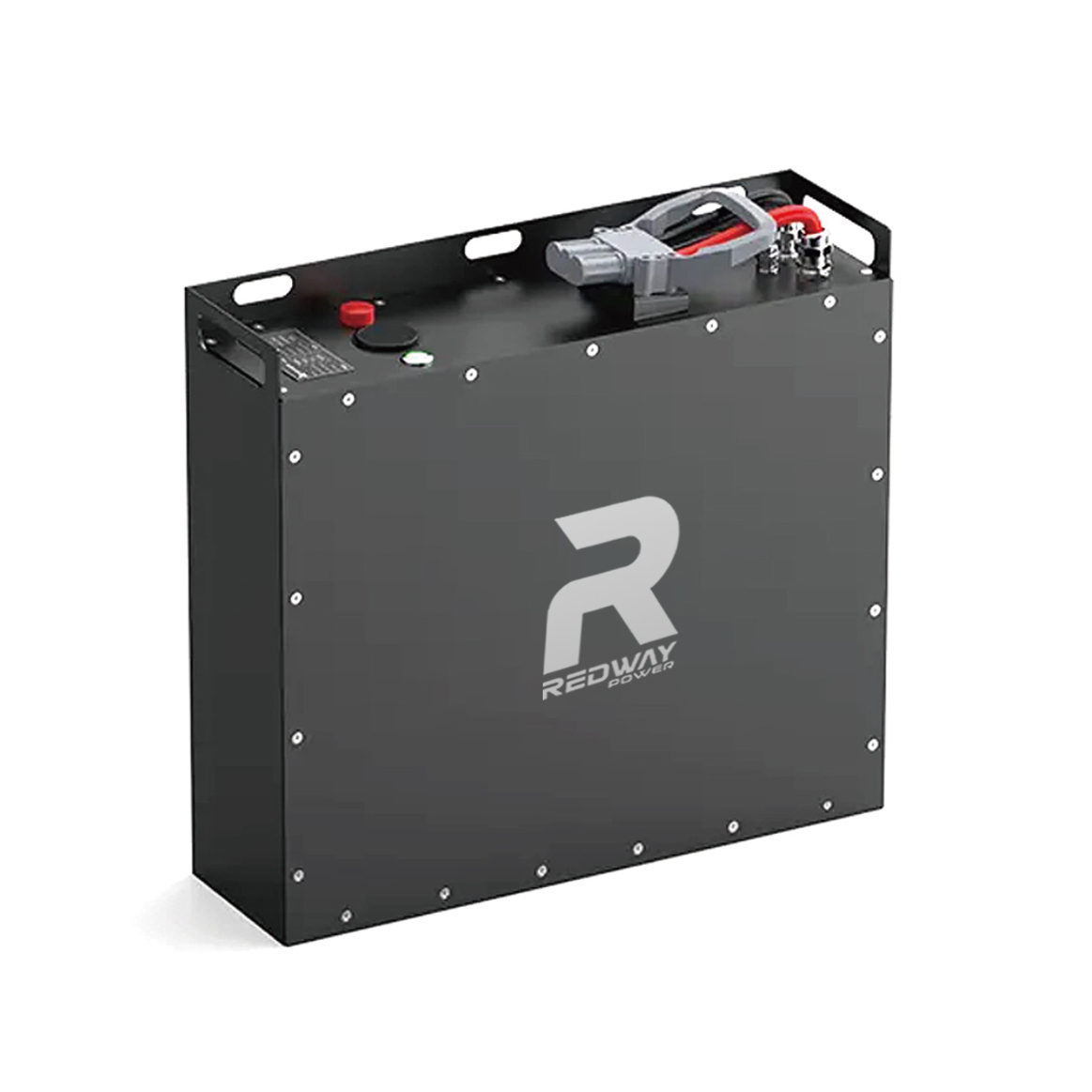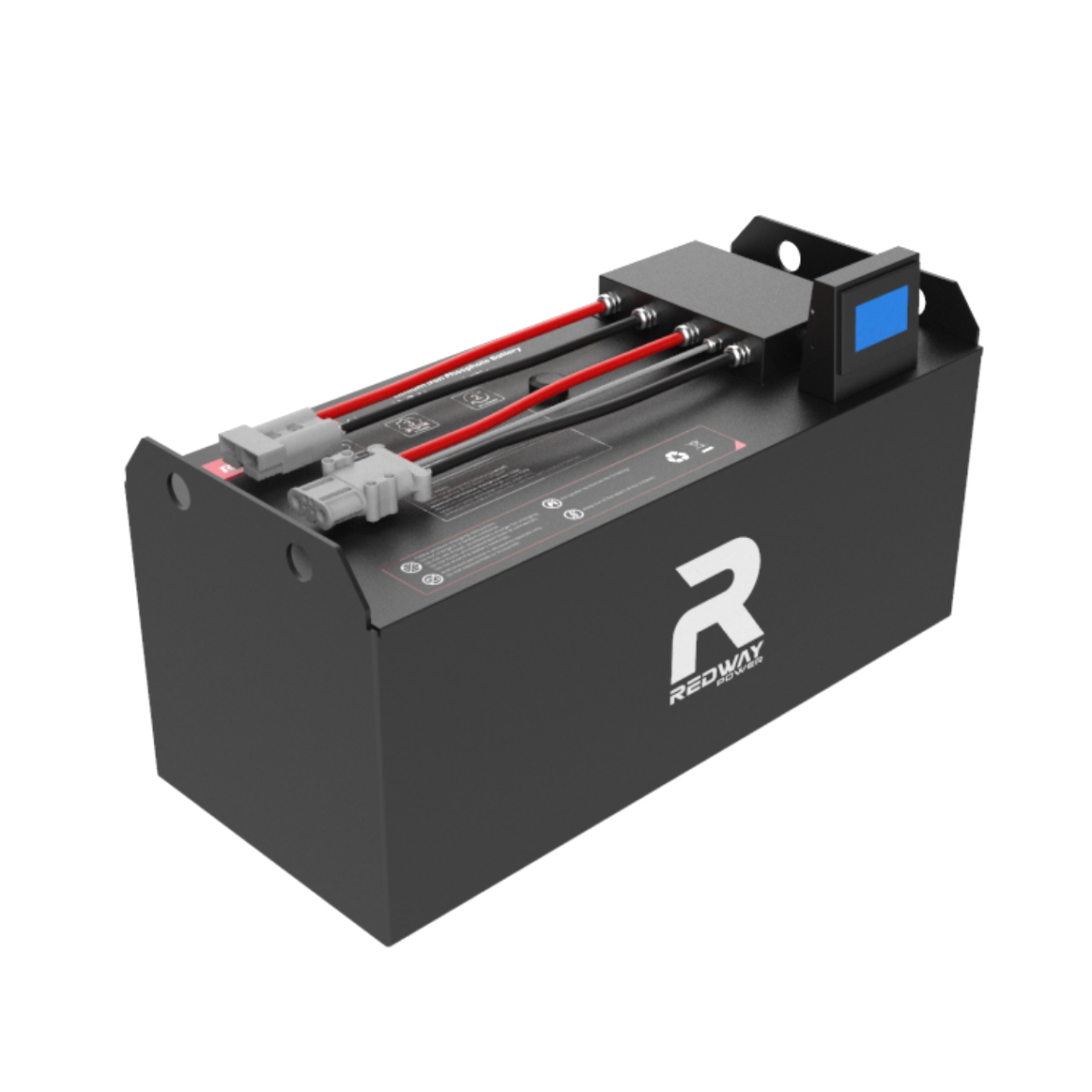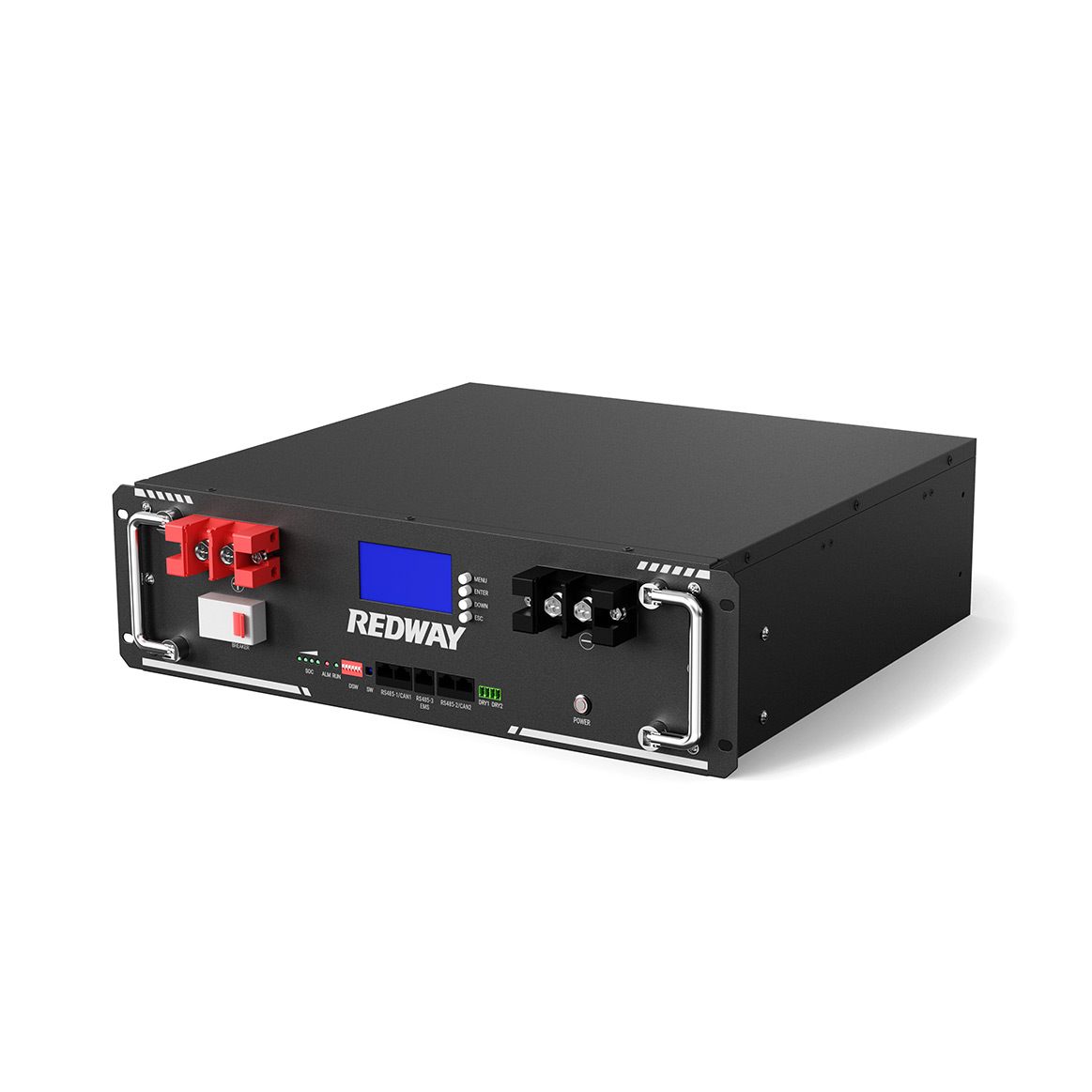Deep Cycle LiFePO4 Batteries Manufacturer
Looking for a business partner from whom you can buy deep cycle lithium batteries at wholesale price? We got you covered. Learn more about how we can work together.
Redway Lithium ion Battery Factory has been diligently striving to unlock the mysteries of transforming deep cycle LiFePO4 Batteries into a profitable venture. Discover the inner workings of LiFePO4 Batteries, explore their advantages, various categories, extensive product line, exceptional craftsmanship, and a plethora of other fascinating details by simply clicking the button below!
We are a Lithium Battery OEM Factory
Redway is dedicated to the domains of 12V, 24V, 36V, 48V, 60V, 72V, 80V, 96V, 100V Deep Cycle Lithium Iron Phosphate Batteries, RV lithium battery, Marine battery, Rack-mounted lithium battery, Golf cart lithium battery and Forklift lithium batteries. Their ultimate goal is to fulfill the diverse energy needs of customers by providing comprehensive energy service solutions. These solutions encompass a range of offerings, including lithium-ion battery energy storage products, smart hardware solutions, energy investment, and operational services, among others.
Don’t you find what you are looking for?
Just tell us your detailed requirements. The best offer will be provided.
Blog
Best Trojan 12V Golf Cart Batteries Mexico?
December 6, 2025
No Comments
Trojan 12V golf cart batteries, such as the T-1275, deliver dependable deep-cycle power for Mexico’s diverse terrains. With 150Ah capacity, robust cases, and advanced separators,
Best Trojan 6V Golf Cart Batteries in Japan?
December 6, 2025
No Comments
Trojan 6V golf cart batteries, including the popular T-105 model, provide consistent deep-cycle power with 225Ah capacity, long lifespan up to 1,200 cycles, and rugged
Where to Find 12 Volt Golf Cart Batteries in Italy?
December 6, 2025
No Comments
Redway Battery provides premium 12V LiFePO4 golf cart batteries to Italy, offering long-lasting performance, lightweight designs, and full OEM customization. These batteries support gas and








